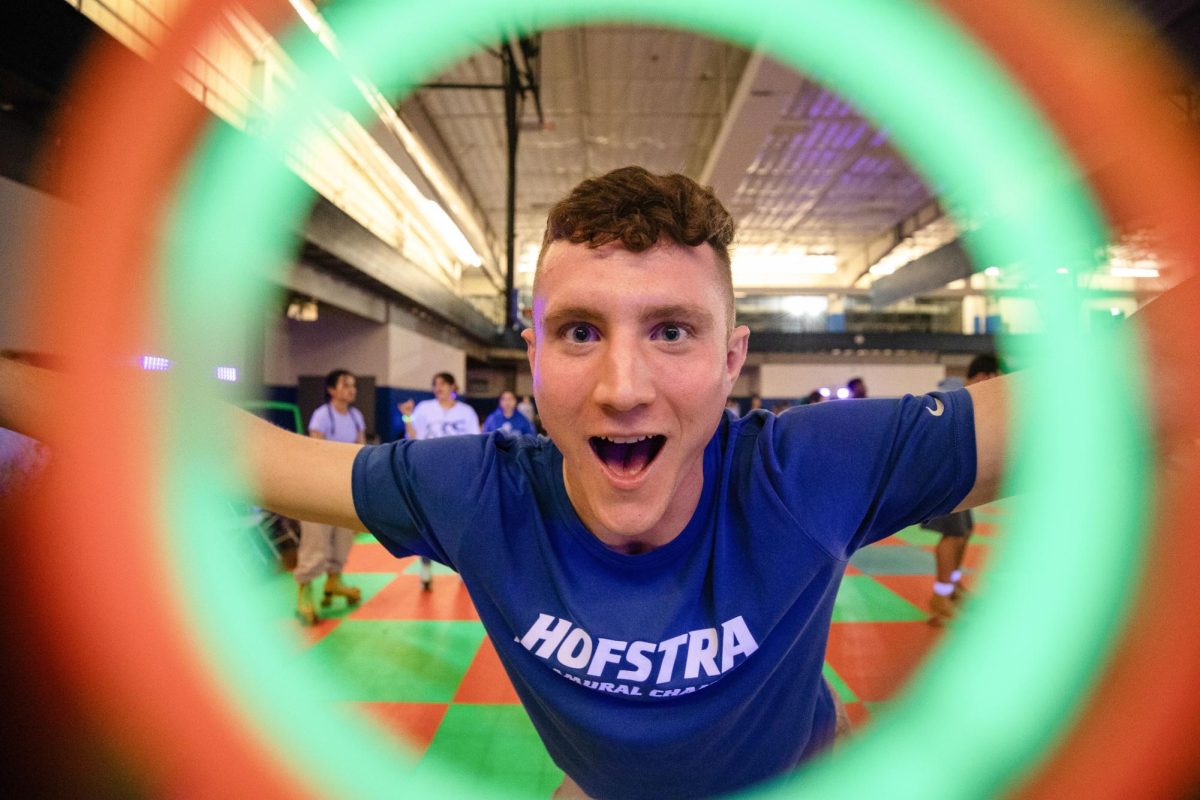Approving an emotional support animal (ESA) to reside in Hofstra residential buildings poses obstacles for students seeking therapeutic assistance, the process sometimes taking almost a year.
According to AnimalLaw.info. an ESA is, “… a companion animal that provides therapeutic benefit to an individual with a mental or psychiatric disability.” ESA’s don’t have to undergo special training; instead, they benefit their owner through companionship and affection.
Nicole Chevalier, junior psychology and fine arts double major, started the process of getting an ESA almost a year ago and is still waiting for approval.
When describing the process, she said, “It’s kind of tedious, it’s really easy in the fact that there’s not a lot of steps, but completing each step takes a pretty significant amount of time.”
The process of getting an ESA at Hofstra is administered by Student Access Services (SAS). Students wanting to get an animal in their dorm first have to fill out an application for services, in which they have to explain their reasoning behind wanting a pet and acknowledge the responsibility that comes with it. Each student must provide a veterinarian bill of health for the animal and a letter from a healthcare provider saying that the student has a need for an animal.
These documents are submitted to SAS where they are either approved or rejected. If approved, the student then goes to an interview with SAS, after which they make the final decision of whether or not to approve the ESA.
The lengthy process however, can be a barrier for students, as not everyone has access to a medical professional – and a relationship with one must be built to get a letter of recommendation for an animal.
Chevalier suggests a possible solution for this issue. “Instead, they should have students do an interview with someone at the Saltzman Center or with the resident director (RD), as that would be more accessible. It takes time to build a relationship with a medical professional and for them to write a letter, which is something not all students can afford,” she said.
Teresa Whitfield, the resident director for Enterprise and Estabrook Halls, explained the reasoning behind the process. “Bringing animals into the residence halls is not supposed to be a free-for-all … All I know is that if students that do have them, it’s for a reason … it’s not something we take lightly.”
Another major issue in the process is that because students need a bill of health for the animal from a veterinarian before the animal is approved by SAS, students need to have the animal before it is officially allowed. This means they need to keep the animal off campus and if their request for an ESA is denied, they are left with a pet they cannot keep.
Chevalier is lucky because her animal, a rat, is able to stay with her family until he is approved by SAS, but not all students have this luxury.
SAS does its best to make sure all potential issues are taken care of before an ESA is approved. “If there is a roommate, that’s discussed,” Whitfield said. “[It] is all cleared before the animal is approved to be on campus.”
As a result of the process being so long, some students have gone around it by sneaking animals into the dorms. A junior, who asked to remain anonymous, kept a pet rat in their dorm for the majority of last semester.

“I think it could actually be very beneficial for people that struggle with everyday issues like making friends. It’s nice to come back and have someone there, or something there …” they said.
Making the process quicker and taking out some of the barriers would make it less likely for students to hide animals in their dorms. It would also allow more students who need ESA to have them, allowing the students to function better both socially and academically.
Chevalier said, “If a student is dealing with mental health issues, like anxiety or depressive disorders, it might be difficult for them to make an incentive for themselves to get out of bed or to go to class. But if you have an animal to take care of … all of a sudden it’s not just about you, you now have a little buddy that’s relying on you, that you need to be responsible for and take care of.”













